Domestic and international companies are hoping to take advantage of growing demand for dairy products in Vietnam. Though consumption rates are low at around 14 litres per head per year, this figure is double what it was in 2000. In Ireland, the figure is approximately 127 litres.
The southeast Asia nation has a rapidly growing population which stands at 95 million people, and though still developing, demographics show the country is becoming increasingly diverse. A high proportion of university-educated Vietnamese have travelled abroad to study and their tastes have been influenced by western cuisine.
With international companies such as KPMG based in Ho Chi Minh, and embassies in Hanoi, there is also an expat population driving demand for imported goods such as cheese.
Lots and lots and lots of fromage ... @tom_hubert pic.twitter.com/yUnvXRZQDI
— Aisling Hussey (@AislingHussey) 25 April 2017
GDP per capita is still low by western standards at €5,200 per head, but has grown significantly through the years.
Children
Approximately 24% of the population is under the age of 14, presenting the biggest opportunity for the dairy industry. In supermarkets such as Big C in Hanoi, an entire aisle is dedicated to a selection of 200ml cartons of UHT milk for children, labelled with various vitamins and minerals, from the main domestic players such as Vinamilk and TH Milk.
A small selection of the milk products targeted for children in a supermarket I visited in Hanoi. pic.twitter.com/Dl3jBwOHmr
— Aisling Hussey (@AislingHussey) 24 April 2017
This is the market these companies are targeting: middle-class parents who are becoming increasingly conscious of the health of their children. The majority of these adults would have no tradition of drinking milk as children themselves but now associate dairy with physical strength.
The Vietnamese government is pushing a school milk programme in line with a €262m initiative which aims to increase the national average height by 3cm to 167cm (5ft 6in) for men and 156cm (5ft 1in) for women by 2020.
According to the Vietnamese dairy development plan, which outlines strategy to 2020, it is hoped that domestic production will satisfy 38% of the market in the country. Vietnam imports almost €1bn worth of dairy products from New Zealand, the US, Australia, the Netherlands and Singapore, with New Zealand dominating market share at 25.8%.
Opportunities for Ireland
In 2014, Kerry Group signed a €100m contract to supply milk powder to Anova Corporation, a Vietnamese veterinary and animal health company which is now branching into the food industry.

The resulting product, Anka infant formula, is available in 40 shops in Ho Chi Minh. They also recently launched Anka Peak Fresh, a UHT milk produced using milk supplied by Glanbia.
The milk is packaged in a carton adorned with an image of Co Louth farmer James O’Donnell highlighting the quality of the product.
Irish milk in Vietnam, ingredients supplied by Glanbia. I wonder if James from Louth knows his face is on milk cartons here?! pic.twitter.com/mvYz4Zqg4l
— Aisling Hussey (@AislingHussey) 28 April 2017
The company’s chair Nguyen Hieu Liem said high-end and middle-class consumers in Vietnam are concerned with quality and safety standards for products consumed by their children.
“The baby is very important to them. They want to pick the best and they are willing to pay more for a good product,” he said. “Ireland is green and clean. We want to tell the story of Ireland.”
But how familiar is the Vietnamese consumer with Ireland?
“They know about Australia and New Zealand, they are in the market for a long time,” said Nguyen, who argues that Ireland should do more to promote the country in Vietnam.
“The knowledge of Ireland is low. A very small percentage know where Ireland is.
“The Vietnamese should see more of Ireland on TV – they should see the Origin Green ad. If that happens, the potential is good.”
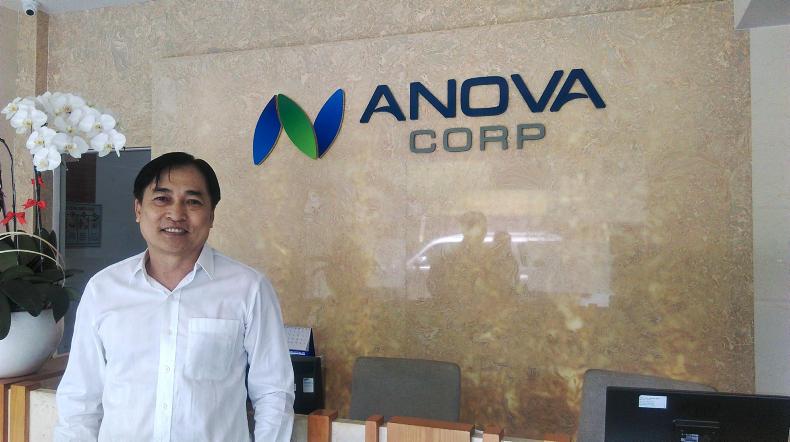
The chair of Anka, Nguyen Hieu Liem
Read more about farming in Vietnam in upcoming issues of the Irish Farmers Journal and on www.farmersjournal.ie
This article has been supported by the Simon Cumbers Media Fund






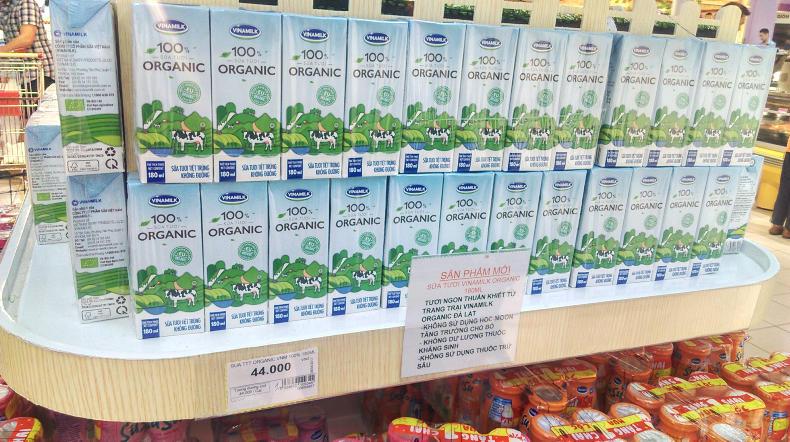


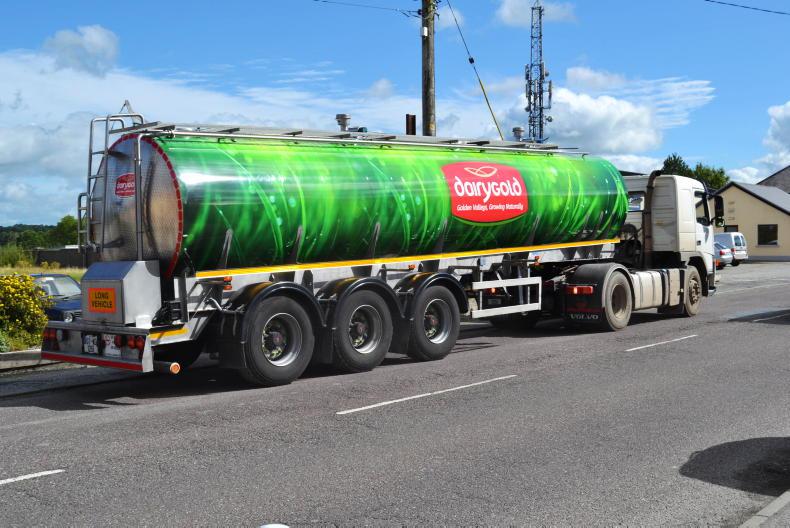
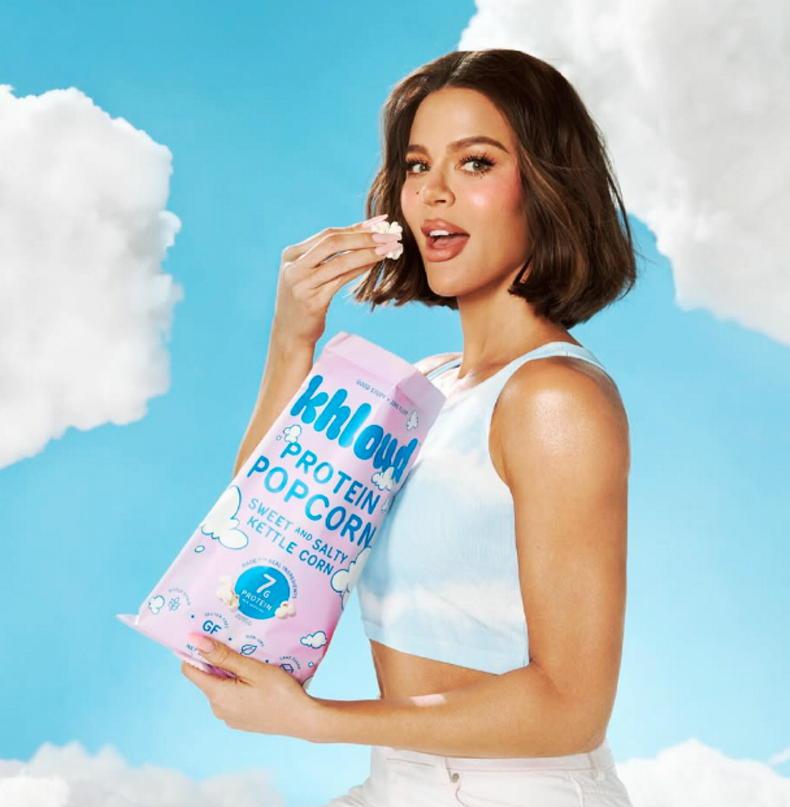
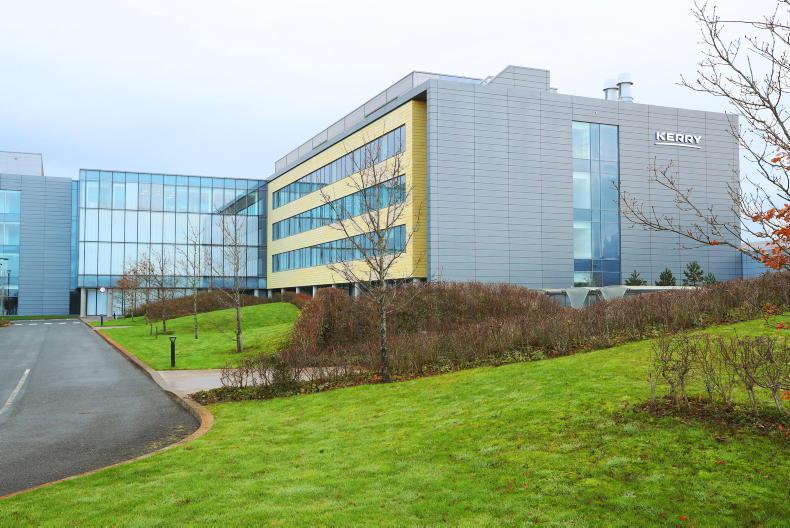
SHARING OPTIONS